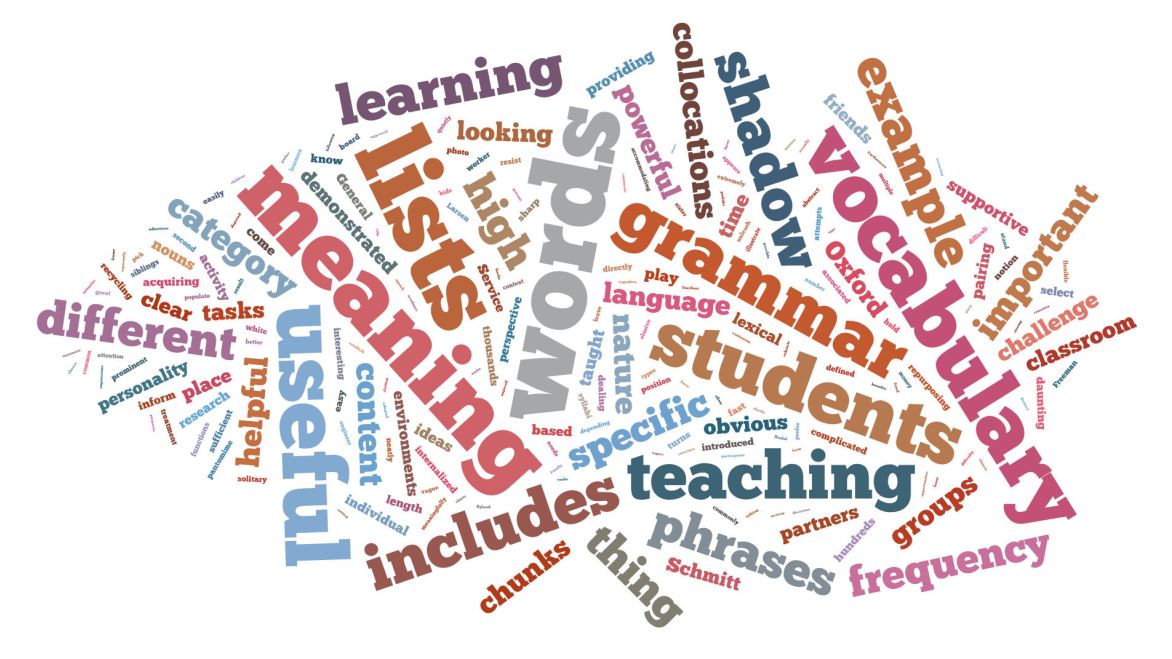There's something really cool (and kind of magical) about putting your ideas out into the world and realizing you're not alone. Blogging, sharing lesson ideas, reading my peers' posts- it turns out that this whole "open learning" thing is like joining a virtual teacher's lounge where people actually share resources instead of just baked goods. 🤣
What started off as something that I had to do quickly became something that I looked forward to. Reflecting through blog posts made me stop and really think about what I value as a future educator. Posting my ideas- no matter how small- felt like planting little seeds of inspiration. And getting responses from classmates or seeing someone say, "Hey, I loved your idea!" made me realize how powerful a connection can be in this profession.
While building my own PLN (Professional Learning Network), I have to say: it's like a backstage pass to amazing ideas, perspectives, and support. Whether it's through a blog comment, a shared resource, or just reading someone else's reflection that makes me say, "Yes! Me too!!", it all has helped me grow.
One of my biggest takeaways from this whole "learning in the open" experience is just how powerful it is to share what I'm learning. Reflection becomes so much more when it's not just stored in my head. Writing things out has helped me to process what's clicking, what's still messy, and where I'm growing. But the real magic happened when people would chime in and share their perspectives. It was like, POOF!, it is no longer just me- it's now a conversation!
The vulnerability aspect of this was the hardest part; it's not always easy for me to put my thoughts out there, especially when I'm still figuring things out. But when I am open and honest, I can create space for real connections. I need to remember that my voice matters, even when I'm scared.
So yes, learning in the open can be very scary at first. But now? I cannot imagine learning any other way.
Here's to more blog posts, shared ideas, and growing together- messy reflections and all!! ❤









